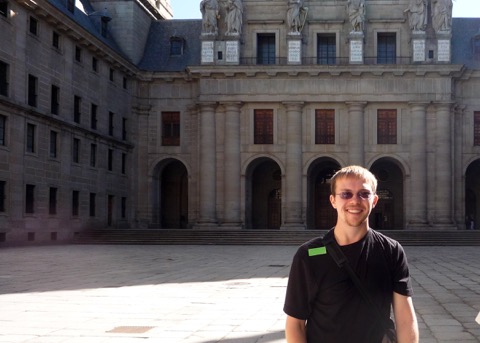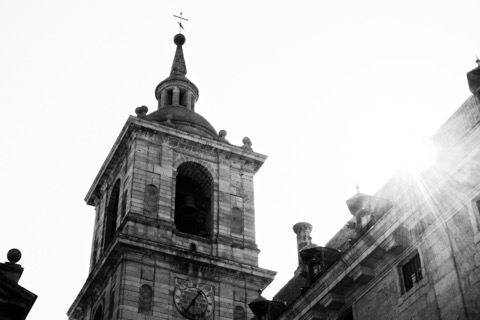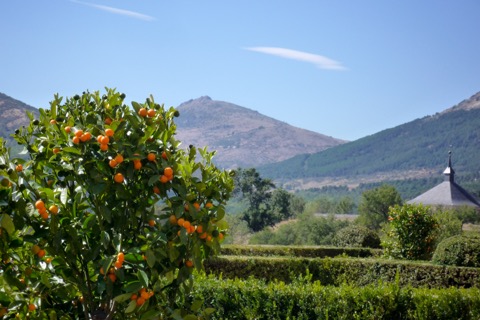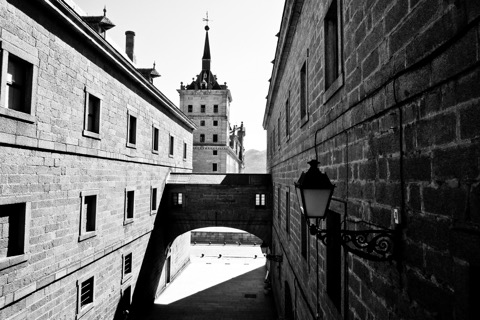Time continues to fly as we enter October and our schedules fill up with classes, cultural activities, and trips. While the amount of school work I have here is much less than what I would be currently dealing with at Tufts, I feel just as busy. This busy, however, is not one of project deadlines and midterm exams (although those do exist), but one of being able to fit everything in. Luckily for me, the study abroad program does an incredible job of helping with this in countless ways.

Two weeks ago, we visited El Escorial, a palace for the Spanish Kings and the eternal home of the Spanish monarchs. A relatively short train ride from Alcalá brought us to the town and after a short hike up to the castle, we found ourselves facing a beautiful 16th century palace on the edge of a mountainside. The weather was incredibly beautiful, a warm sunny day in the mountains of Spain!

We met up with our tour guide, a pleasant old man who was a little racist, but not in a malevolent way, and headed into the library. A long hall lined with bookshelves and an incredible ceiling painted by a student of Michelangelo, the library is home to books and records dating back more than 1500 years. There are over 40,000 books, originally donated by Philip II. The books were written on parchment and are kept in bookshelves, with the pages facing outward to allow for airflow. I couldn’t believe that these books had lasted hundreds of years without hermetically sealed vaults, but a few books open on display proved that it was possible. If only I could’ve sat down and read them!

After our thorough tour of the single-roomed library, we headed into the interior of the building and visited the various rooms of the palace where the royal family lived and passed their time. The large, open rooms afforded stunning views of the beautiful gardens through the time-worn glass windows. While the decorations left in the living areas of the palace were relatively basic in nature, the Pantheon of the Kings, the final resting place for nearly all of Spain’s monarchs, is a beautifully decorated marble vault located beneath the chapel.

The walls of the Pantheon of the Kings are made of Toledo marble and covered with golden ornamental designs. Before our trip, I talked to my host mother about El Escorial and she told me how incredible it is to stand in the burial chamber, surrounded by all the kings of her country, the leaders who oversaw Spain’s journey to the present. I understood what she was saying, but I couldn’t imagine feeling that way coming from a country with presidents, not kings. Standing in the chamber myself, I realized how wrong I was. I stood surrounded by history, not by a particular form of government. These marble caskets held men and women who changed the course of history, decisions that form part of the infinite series of choices that had led me to be there in that moment.

Poetic musings aside, the tomb was beautiful and generally pretty cool. Also buried in El Escorial are the princes of Spain and Don Juan de Austria, who is apparently the original Don Juan. After visiting the tombs we headed into the gardens and then into the town for lunch. The town is built on the hill and has some plazas with beautiful views of the country side.
